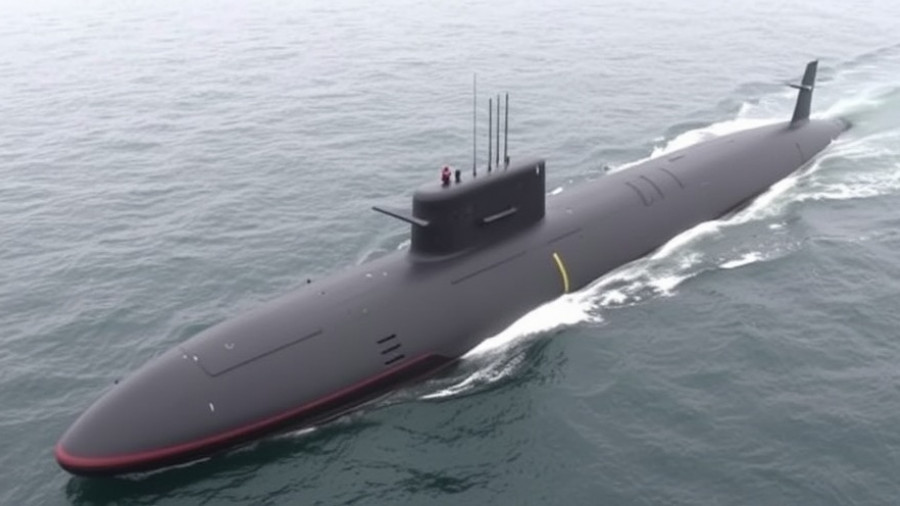
The Future of Underwater Missions: Blueye ROVs for the Dutch Navy
In a significant contract signaling advancement in naval operations, Norwegian technology company Blueye Robotics, in collaboration with Remote Visual Inspection (RVI Tools), has been selected to provide underwater remotely operated vehicles (ROVs) for the Netherlands Royal Navy. This agreement underscores the importance of innovative technology in enhancing military capabilities and operational versatility within the maritime domain.
Enhanced Capabilities for Military and Civilian Applications
Blueye's ROVs are portable units designed for both military and civilian purposes, featuring the flexibility to be equipped with sonars, positioning systems, and specialized intervention tools. These vehicles will play a pivotal role across multiple naval missions, such as aiding in diving operations, enhancing surface swimmer strategies, supporting military reconnaissance, and securing harbor facilities against potential threats. The adaptability of these ROVs marks a significant step forward for operations in diverse settings, reflecting Blueye's commitment to developing dual-use technology.
Key Features Driving the Decision
The decision to award this contract to Blueye Robotics and RVI Tools followed an extensive evaluation process involving several international competitors. Factors influencing this selection included the reliable performance of Blueye’s systems, sensor interchangeability, user-friendly interfaces, and effectiveness in challenging conditions. As stated by Blueye Robotics CEO Christian Gabrielsen, this contract not only validates the robustness of the ROV platform but also highlights the company’s dedication to offering tools that significantly enhance safety and mission effectiveness in underwater environments.
Training and Support: Building Competence
Integral to the contract is not just the delivery of the ROVs but also enhanced training provisions. Blueye Robotics and RVI Tools will facilitate on-site training sessions alongside access to a comprehensive online support platform. This will provide technical documentation, training videos, and other resources essential for maximizing the efficiency of personnel operating these advanced vehicles. By investing in training, the partnership aims to ensure that military engineers and operators are thoroughly prepared to leverage these technologies.
Strategic Importance of Underwater Surveillance
The deployment of these ROVs extends beyond mere military operations. The vehicles are also expected to assist civilian authorities in critical missions such as search and recovery efforts, inspecting submerged assets, and ensuring maritime safety. This collaboration between military and civilian applications reveals a broadening scope of underwater technology, showcasing how innovation can span multiple fields.
Looking Forward: Opportunities and Enhancements
As we look into the future of naval technology, it's evident that the integration of unmanned systems such as Blueye's ROVs will increasingly become standard practice in military operations. The functionalities provided by these advanced vehicles are set to contribute significantly to national security, maritime safety, and disaster response frameworks. With continuous developments, we can expect the evolution of underwater drones to revolutionize how missions are conducted, offering real-time insights and precision in various operational theatres.
Conclusion
The partnership between Blueye Robotics, RVI Tools, and the Netherlands Royal Navy presents an exciting chapter in technological advancements for naval operations. By prioritizing reliability, user feasibility, and expansive support systems, this initiative not only enhances underwater capabilities but also paves the way for future innovations in unmanned systems. The long-term relationship fostered through this contract highlights the growing trust and reliance on technology in modern military engagements, ensuring preparedness for complex challenges ahead.
 Add Row
Add Row  Add
Add 




Write A Comment